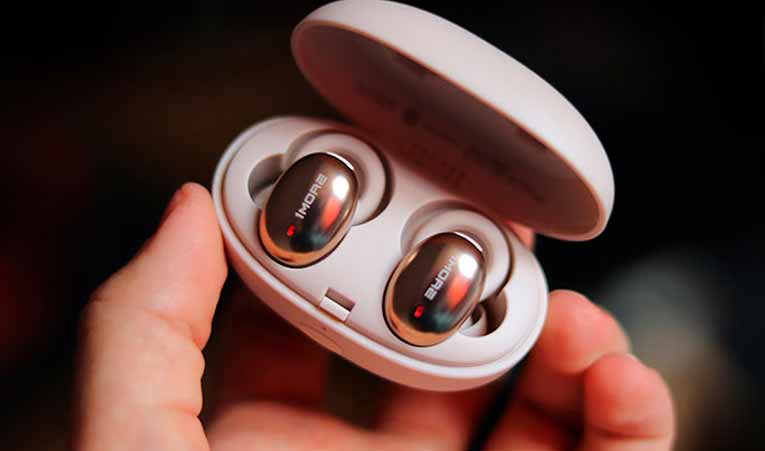In the modern world, where technology intertwines seamlessly with our daily lives, finding the perfect pair of earbuds is more than just a matter of sound quality. Comfort plays a crucial role in determining the usability and enjoyment of these ubiquitous accessories. The science behind the perfect fit involves a blend of ergonomic design principles, material science, and understanding individual differences in anatomy and preferences.
Ergonomic Design
Earbuds are not one-size-fits-all devices. Manufacturers invest significant resources in designing earbuds that conform to the anatomy of the human ear. This involves studying the shape and structure of the ear canal to create earbuds that sit comfortably and securely for most users. Ergonomic design principles ensure that pressure points are minimized, and weight distribution is balanced to prevent discomfort during extended use.
Customizable Options
Recognizing the diversity of ear shapes and sizes, many earbud models come with customizable options such as different ear tip sizes and shapes. These options allow users to find the perfect fit that creates a tight seal without causing discomfort. Some advanced models even offer moldable ear tips that conform to the unique shape of the user’s ear canal, providing a personalized fit that enhances both comfort and sound quality.
Material Science
The materials used in earbud construction play a significant role in determining comfort. Soft silicone or memory foam ear tips are popular choices due to their ability to conform to the shape of the ear canal while providing a comfortable seal. These materials also help to reduce pressure and irritation, making them ideal for extended wear. Additionally, lightweight and durable materials are favored for the main body of the earbuds to ensure minimal fatigue during use. Click here for more information about earbud.
Acoustic Considerations
Comfort and sound quality are closely intertwined in earbud design. A proper fit not only enhances comfort but also optimizes sound performance by creating a tight seal that prevents sound leakage and external noise interference. This allows users to enjoy their music at lower volumes, reducing the risk of ear fatigue and long-term hearing damage. Advanced acoustic engineering further enhances the listening experience by fine-tuning the frequency response and minimizing distortion for a clear and immersive sound.
User Preferences
Despite advances in design and technology, individual preferences play a crucial role in determining the perfect fit for each user. Some may prefer the secure fit of in-ear earbuds, while others may opt for the lightweight and open design of earbuds that rest on the outer ear. Factors such as ear sensitivity, activity level, and personal style also influence the choice of earbuds. Manufacturers recognize this diversity and offer a wide range of options to cater to different preferences and needs.
Continuous Innovation
The quest for the perfect fit is an ongoing journey driven by innovation and feedback from users. Manufacturers continually refine their designs, incorporating new materials, technologies, and user-centric features to enhance comfort and performance. From wireless connectivity and active noise cancellation to biometric sensors and smart assistant integration, the future of earbuds promises even greater comfort and usability for users around the world.
In conclusion, the science behind the perfect fit for earbuds is a multifaceted endeavor that combines ergonomic design principles, material science, acoustic considerations, and user preferences. By understanding the anatomy of the human ear and incorporating customizable options and advanced technologies, manufacturers strive to create earbuds that offer optimal comfort and sound quality for a wide range of users. As technology continues to evolve, the future holds exciting possibilities for earbud design, promising an even more comfortable and immersive listening experience.

